This month I interviewed Lorraine Bacchus, an artist, writer and regular contributor to The State of the Arts (read her work, here). It was a pleasure to sit down with her and speak about her experimental creative practice, its evolutions and her on-going artistic inspirations.
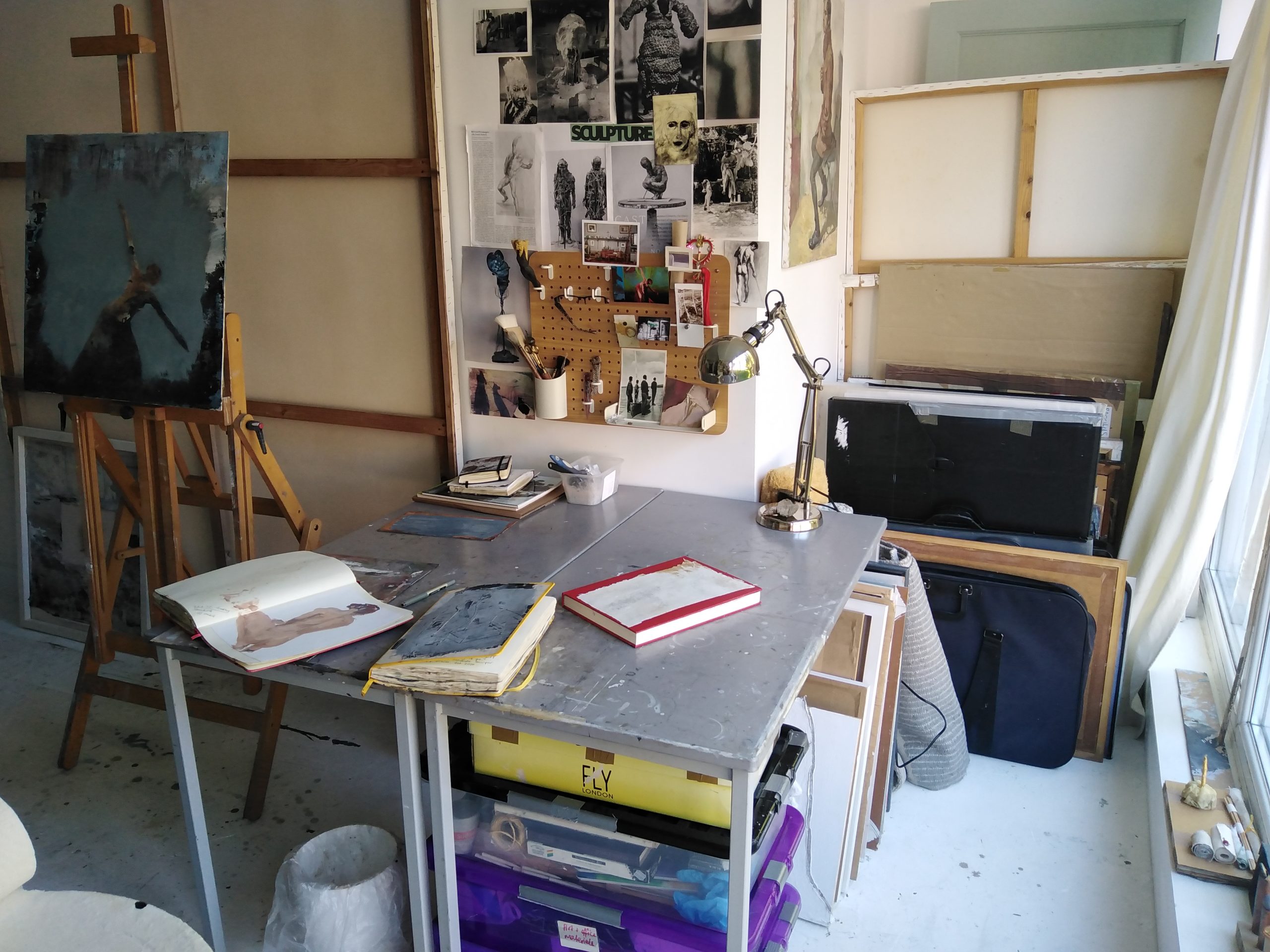
Lorraine is a multimedia artist, exploring portraiture, life drawing, sculpture and photography. Her curiosity, commitment, and fearlessness to continually develop her practice is inspiring, which is why this conversation was such a great one to have.
She began her art education as a mature student on Sherkin Island, West Cork in Ireland, where she completed her BA (Hons) in Visual Art, as part of an innovative programme by Dublin Institute of Technology. The BA provided a whole new world of exploring media she’d never tried before or hadn’t used for a long time: “Before I started the course, I don’t think I’d held a piece of charcoal since I’d been at secondary school!” Up until then, photography had been her main visual art form, alongside a career in journalism and documentary film-making.
Lorraine described the BA course as “brilliant, despite the limited space and facilities on site”. The classes and communal studio were located in Sherkin’s village hall, where the focus was, of necessity, mainly drawing and painting, with some digital media facilities. She went on to describe how magical it was, going to college on a small island just off Ireland, where you could only get in and out by ferry. There was one pub on the island, which was, as she says, also a culturally inspiring and convivial place with traditional Irish music sessions and the very keen art students sketching away with a Guinness nearby! “When there’s one pub, you end up knowing everyone, you’re engaging in art all the time”.
The BA was the beginning of Lorraine’s journey into a practice fuelled by curiosity: “When I got on the course, it was incredible. It was like all the disparate parts of my life, the photography, writing, sewing, everything creative I’d ever done, just kind of coalesced. It was like a door opening in my solar plexus … that’s where it all started.”
However, the course itself wasn’t all smooth sailing. Lorraine explains: “The BA actually began as a two year pilot scheme. So, through the work that we produced, the Dublin Institute had to then try to get funding and get it fully accredited”. They succeeded but it took nearly five years, which meant there was a long gap between her second and third year. In total the BA took an incredible nine years to complete.
I asked Lorraine how she kept up momentum in such a long break and she explained that it was the constant adapting, evolving and learning about her own practice, along with her course mates, that kept her engaged and motivated to keep going. “A core group of us managed to keep making art, by organising life drawing in our own homes, for example. We managed to have exhibitions, which was amazing really, as we weren’t quite qualified as artists, whatever that means. I would say, in that time, that’s when it really got into our bones and into our blood.” Lorraine then went on to gain an MA in Fine Art Contemporary Practice from Falmouth University, which she completed in 2012.
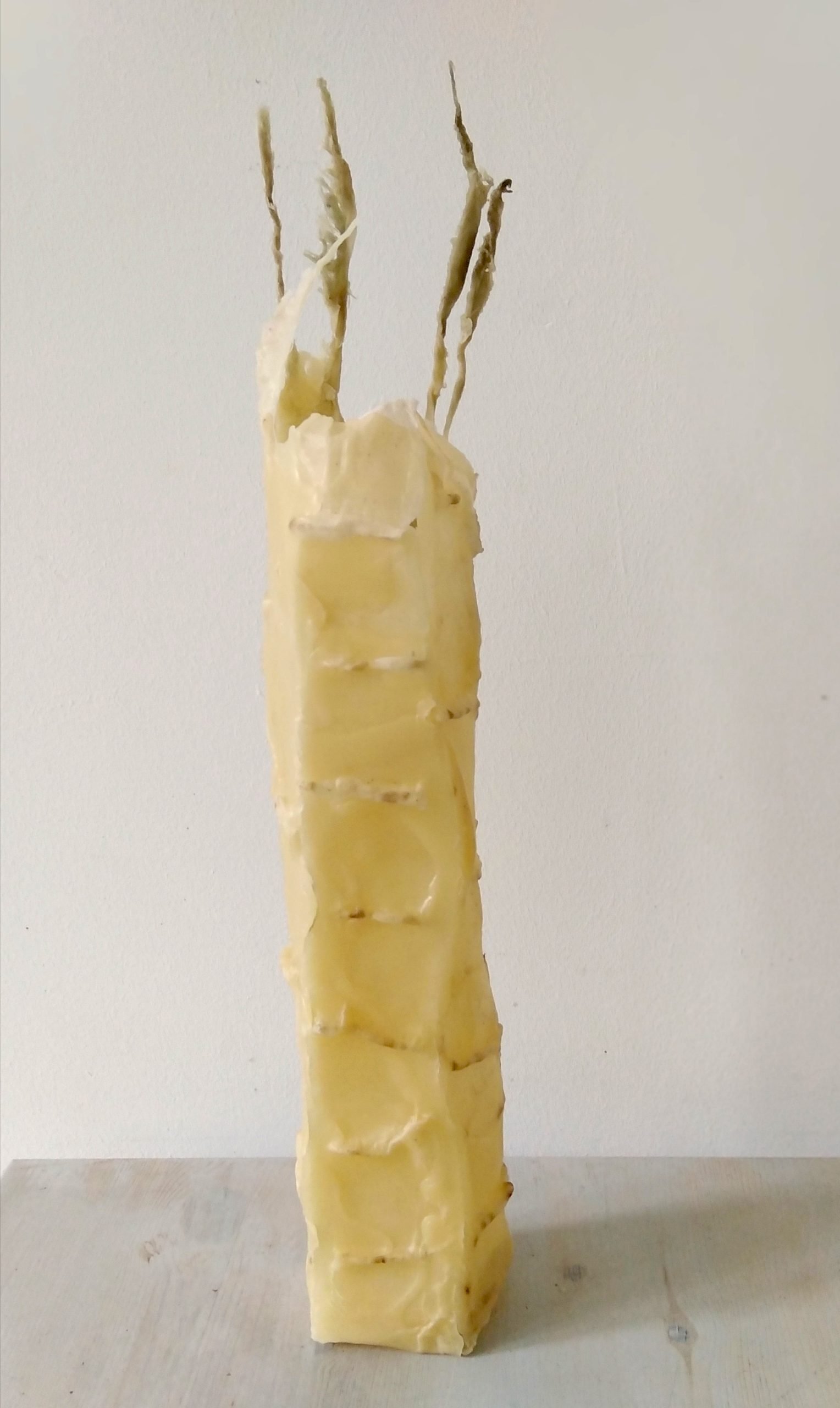
Wax and Muslin sculpture
In speaking about the way she works, Lorraine explains the process of creating one of her recent works, a piece of abstract sculpture. She explained that the piece “just came about…” In creating it, she used strips of muslin, dipped them into hot wax and then laid them out on a piece of plastic so they wouldn’t stick to it. Whilst they were still warm, she peeled them off and was able to warp, manipulate and create an abstract form with them.
A core part of Lorraine’s practice utilises every-day materials, inspired by the sculptor she most admires, Phyllida Barlow. She highlighted that she loved the apparent precariousness and use of humble materials in Barlow’s work, which inspired the use of found objects and cardboard in her own small sculptures and paintings. Lorraine explains that when she is in the process of making, she focuses on the parts she likes and moves forward from there. “I prefer to stick the bit of a painting that I like in a sketchbook and refer back to it and build on that, instead of thinking the whole thing was a failure. The artist Peter Doig refers to his work as ‘one continuous piece’ – that everything is layered on to the next thing. And I thought that was so interesting.” The artist she refers back to most often in her figurative painting is Jenny Saville: “She is an incredible artist, contemporary but rooted in art history. She’s also always pushing herself into new territory, which of course appeals to me”.
This is something she puts into practice not only when creating in her studio but when at her bi-weekly art group in Little Crosby, a few miles north of Liverpool – Monday’s for a portrait session and Wednesdays for life drawing. “I nearly always paint or draw straight into my sketchbook, including oil paint, especially because it leaks through the pages, which I really like. It’s such a privilege to be able to paint and draw from life. All of us in the group have very different styles, which adds to the interest. It’s a very supportive environment”.
Lorraine also often works with acrylic ink, which she explains has an interesting viscosity to it that allows you to move it about in a way that ordinary ink doesn’t. “I bought this whole roll of gorgeous Japanese paper and I kind of tear sheets off it and glue one edge into my sketchbook and discovered it would seep through. So, I got a complete reverse version as well as an imprint. The guys at the art group call it a three-for-one”.
From those initial free drawings, she may take one of the quick live sketches, and then do something else with it – creating a variety of monoprints from one of the poses so she can see how it’ll look reversed or layering sketches over each other and working into them. She explains: “I’m just always wanting to see what materials can do…I think that’s the joy of it for me. Although I have finished work, it’s not what I’m aiming for really. I just want the sheer pleasure of doing it.”
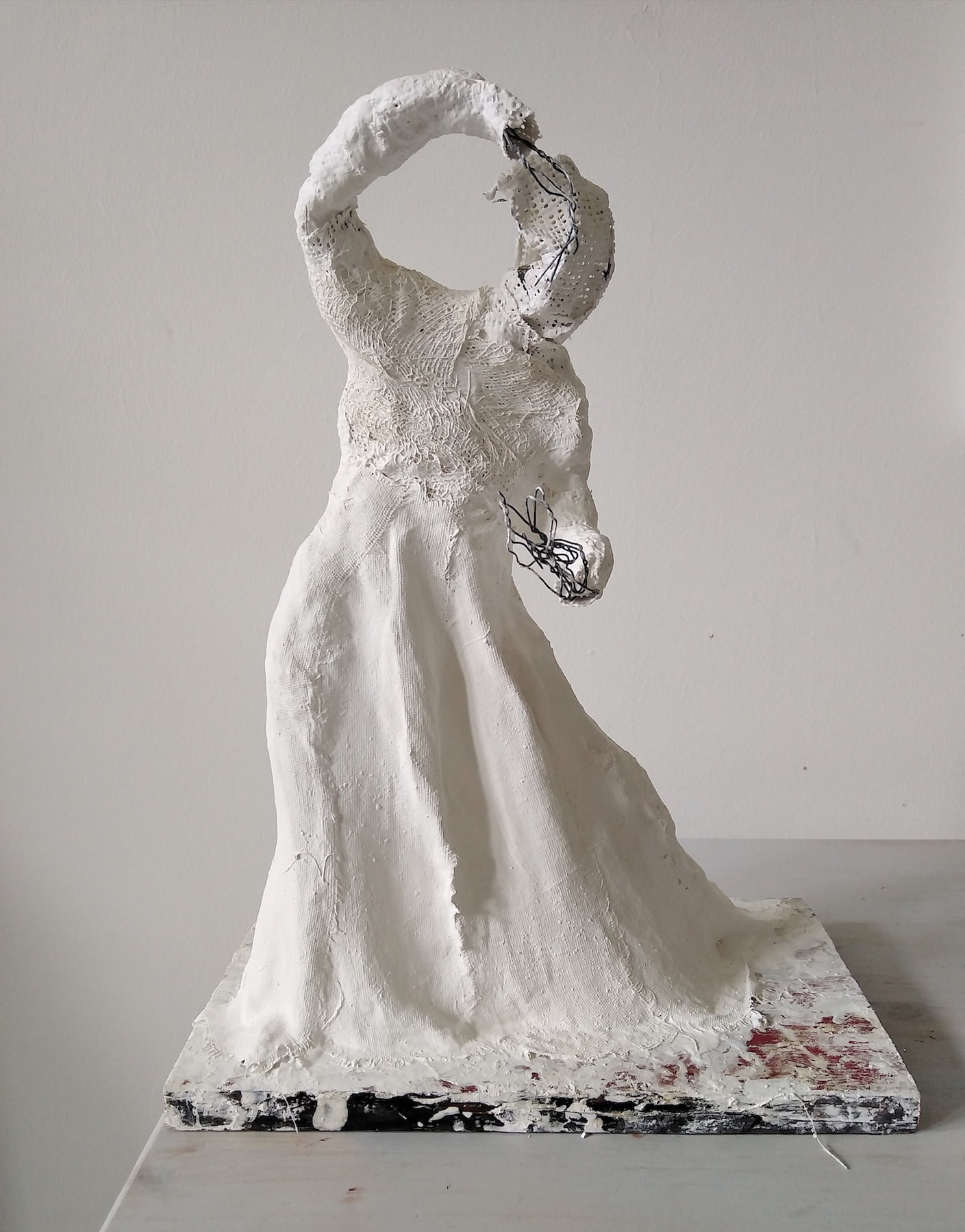
Muslin, Gesso & Chicken Wire sculpture
It is inspiring to see the experimental, fun and joyful way Lorraine approaches her art, particularly in an industry where there is a lot of pressure on having a set practice, a set style figured out, to ‘market yourself’ to the industry. Lorraine’s work has been exhibited in group shows at the Atkinson Southport, and in Liverpool cafés. Her finished work forms part of private collections in Ireland, Spain, the UK and USA, yet the key is that she continues to create for herself first and foremost and feed off the joy that comes along with that. When the focus is joy, there’s less time to become self-critical, which some may argue is where artist block comes from.
This raises a really important point about being a creative in the ever expansive, ever elusive ‘Art Industry’. As creatives, it is so easy to put pressure on ourselves to create refined and ‘completed’ works at every stage. However, what Lorraine has demonstrated, and definitely has taught me, is that the focus should be to enjoy the journey and trust in our own abilities – that you don’t have to create for an outcome, but can just create for the sake of creating. Through this philosophy Lorraine is able to make layered, energetic and joyous works that speak to what type of artist she is and wants to be.
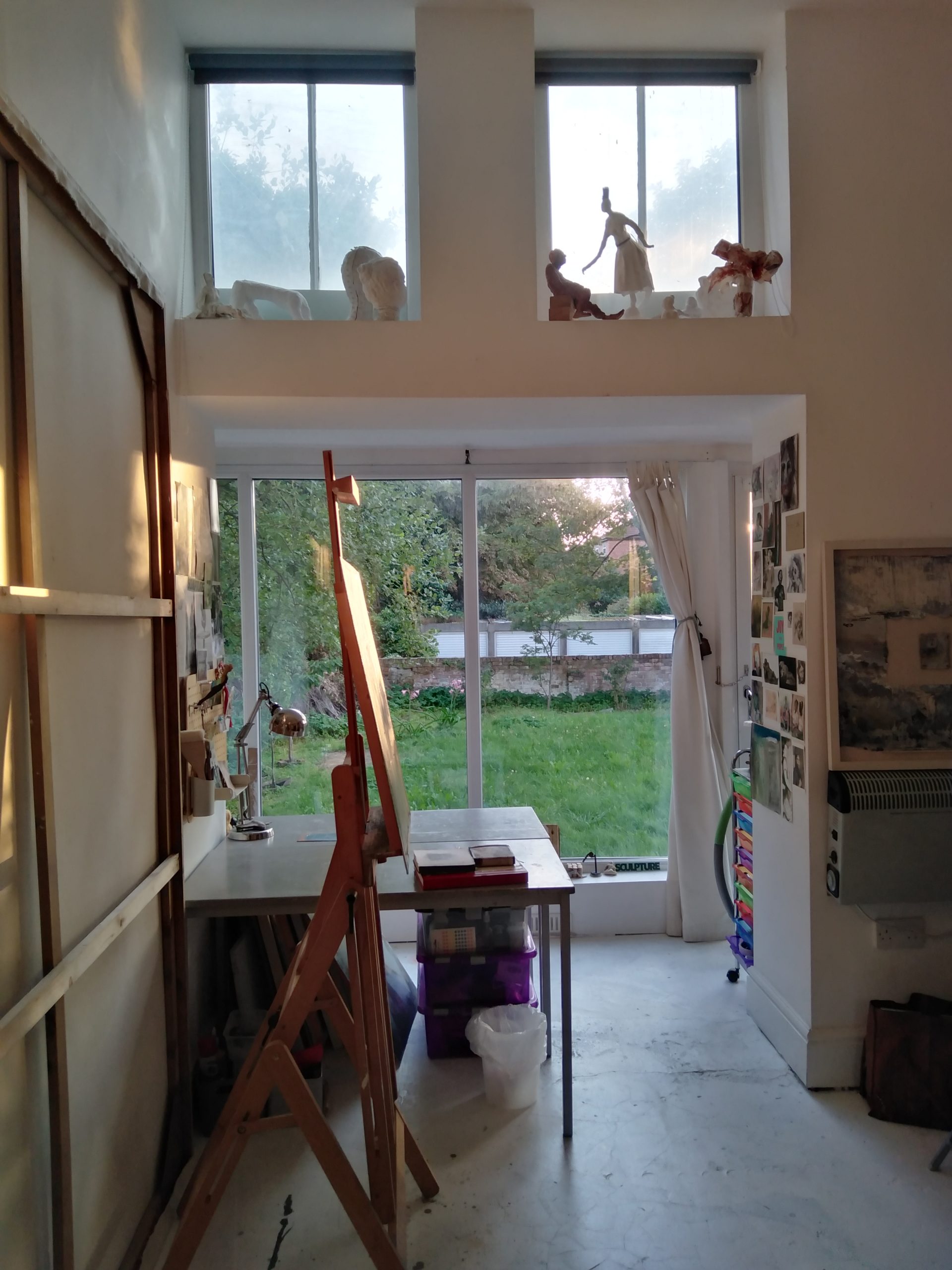
“I’m sure it sounds very much like a cliché of art, but I really do feel that it’s all about the process. There was a sculptor called Michael Ayrton and I really like a quote he said: “There’s no such thing as a finished work of art…they’re all just survivors of the process.”
It seems like most of the time as artists our outcome isn’t what we intended at the start and I think that right there is the beauty in it. You hear artists say this all the time – that ‘the best pieces of work come from happy accidents’. From the layering of paint over and over until it feels right, from the story that’s told through brushstrokes, the energy and emotions transferred and embedded into a piece of work through trial and error. It’s all something that is created in the process.
Perhaps as creatives, doubting everything seems to go with the territory. However, maybe if we reframe the mind-set slightly, we could accept the doubt and know that whatever we’re doing will feed into the development and evolution of our practice.
After all if we thought everything we created was completed there would be no room for progression. That constant state of learning, experimenting and curiosity is something Lorraine and her work surely encapsulates.
I’ll leave you with a lovely quote said by a poet friend of Lorraine’s which I think sums up the conversation: “Out of the struggle and doubt, things get born that otherwise would not.”
***
It was such a pleasure to sit down and speak with Lorraine. Her joy and enthusiasm is infectious and I’m so excited to see all of the things she’s going to do!
To keep up to date with what Lorraine’s up to and what she’s creating, be sure to check out her website here. She will be part of this year’s Sefton Open, starting on 23 March 2024 until 4 May 2024 at The Atkinson, Southport.
Filed under: Art
Tagged with: art, artist, BA, brushstrokes, curiosity, development, experimentation, Ireland, Joy, life drawing, liverpool, MA, paint, painting, practice, sculpture, Sefton, The Atkinson
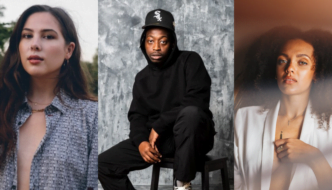
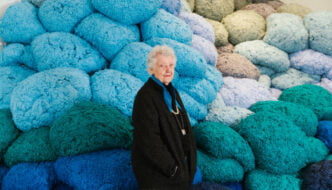
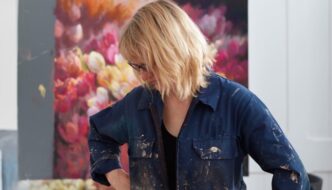
Comments